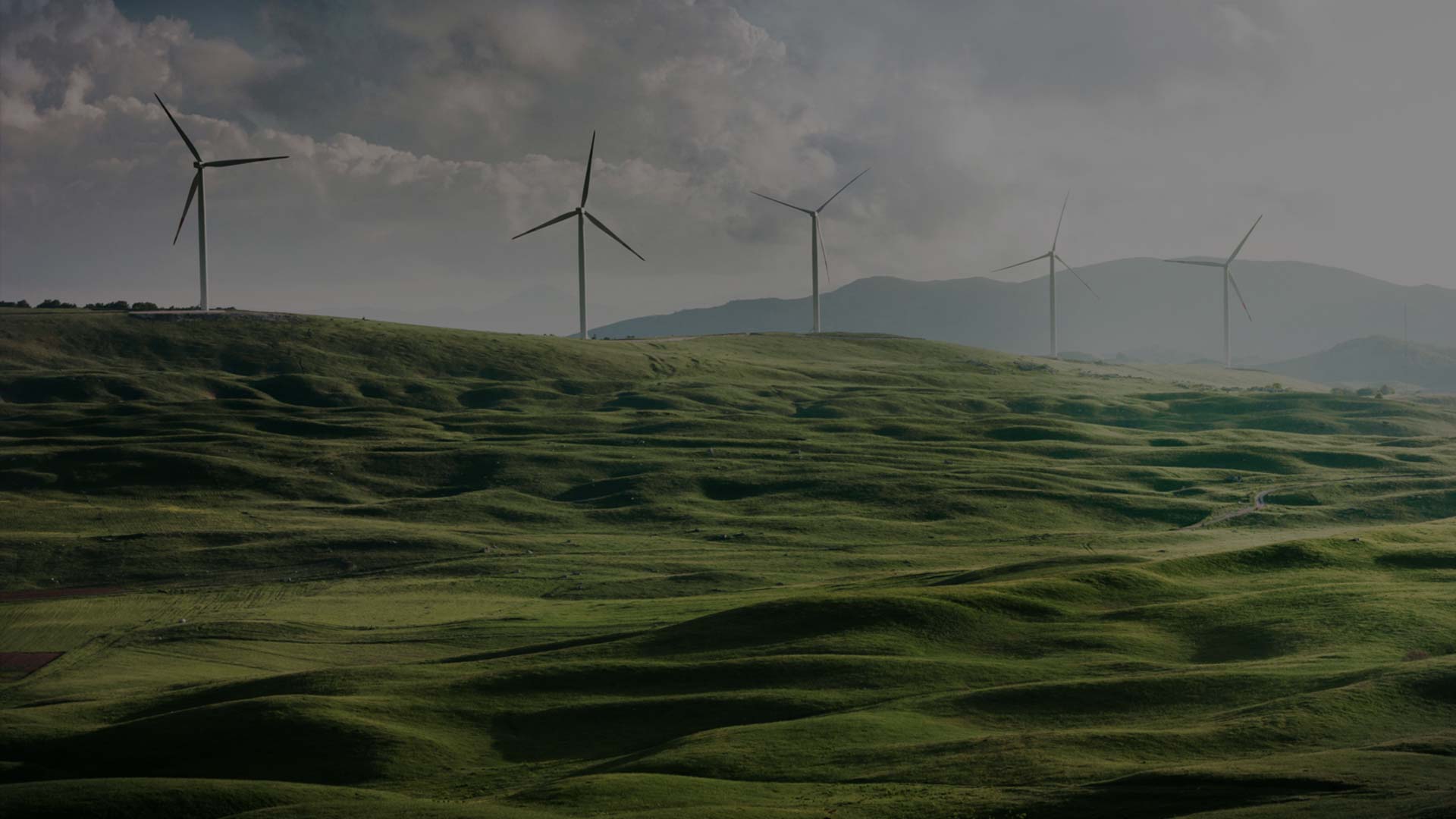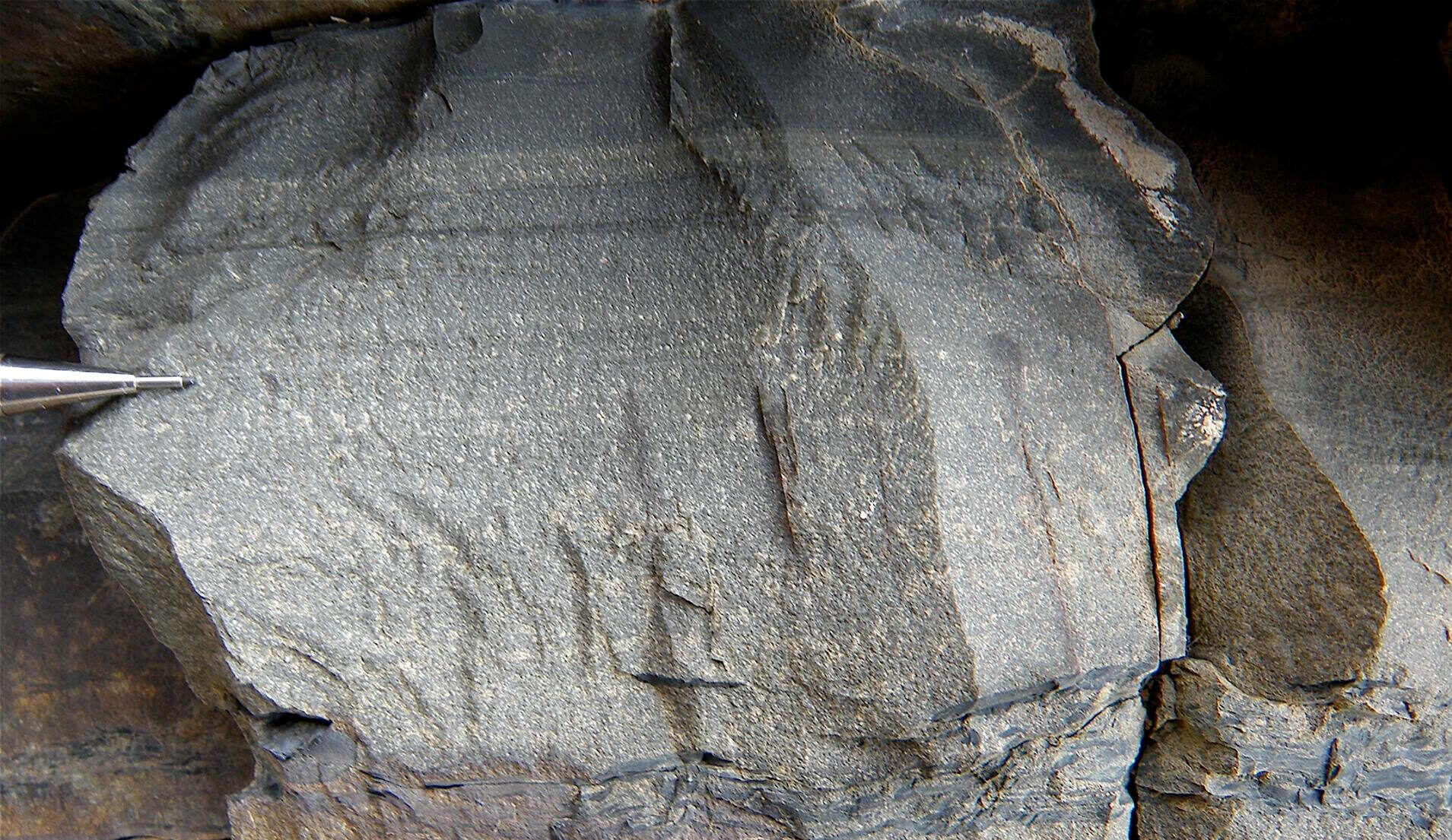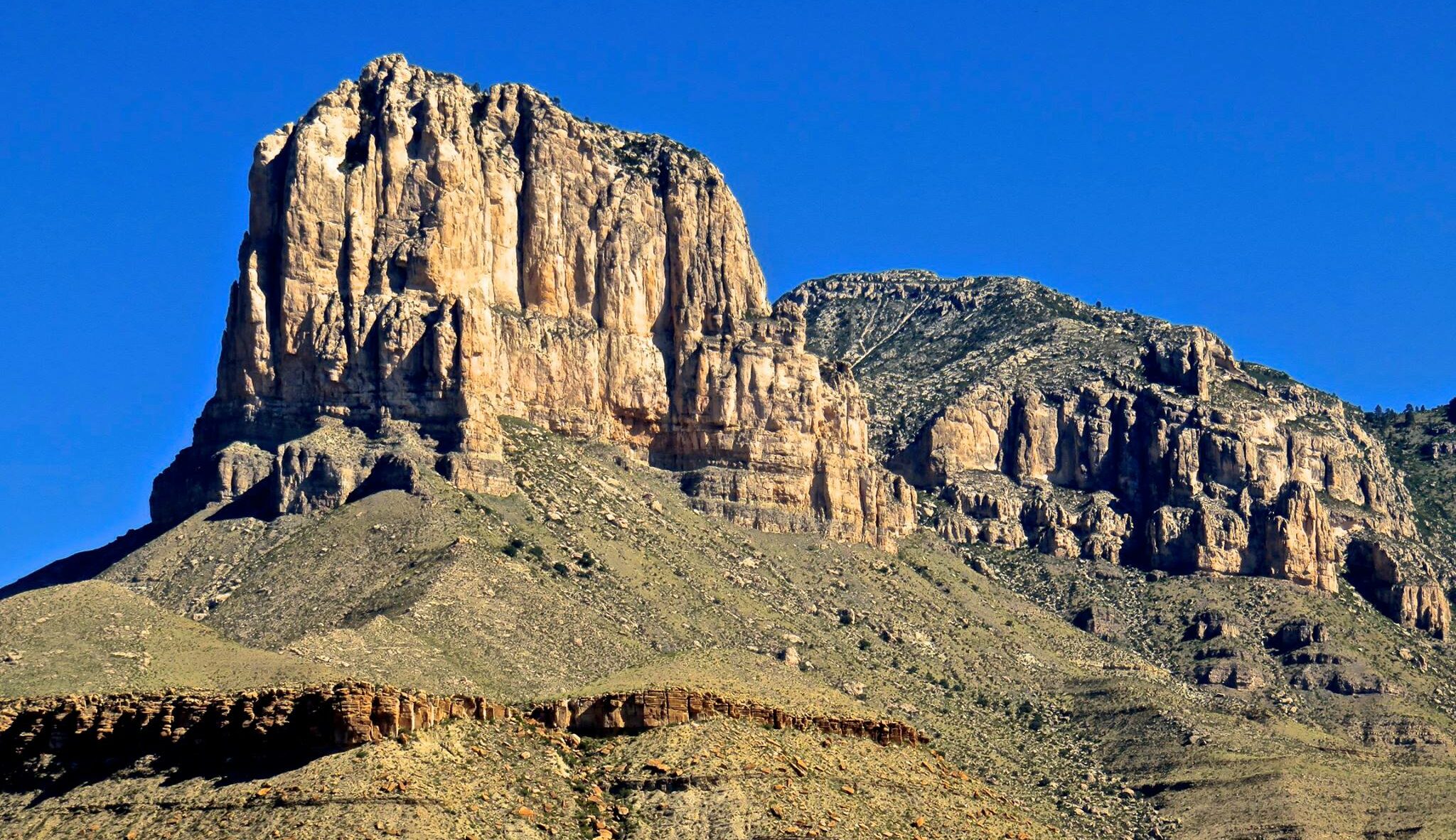A Field Trip for Denbury Inc.
Wrapped up another Applied Stratigraphix field trip successfully. Thank you Denbury Inc. for trusting us with training your employees. It was excellent having experts like Steven F
Famous Karoo Basin of South Africa
Turbidite from the Ecca Group, Karoo Basin, South Africa Karoo basin is famous for its thickest and complete stratigraphic sequence. After a major inversion tectonics event, the se
El-Cap in Guadalupe National Park
El-Cap in Guadalupe National Park – The famous Brushy Canyon deep-water channel-levee system If you want to see the finest cross-section of ancient reef complex, El-Capitan i
Salt Range and the Potohar Plateau, Pakistan
The Salt Range exposes Pre-Cambrian through Early Tertiary strata along a series of thrust faults and uplifts the Potohar Plateau. The plateau itself hosts the Siwaliks – the lon
Participants in awe at their first encounter with a seismic-scale clinoform
Participants in awe at their first encounter with a seismic-scale clinoform. Who wants to go on a super cool structural geology field trip led by your favorite structural geologist
Ego and Humility in Geology
It was exactly twenty years ago when I had my first geology trip to the Book Cliffs. Since then, I have led multiple field trips from analog-specific to the “standard sequenc
Safety on Geology Field Trips
It’s lunch-time on McKittrick Trail in the Guadalupe Mountains of Texas. It’s a carbonate field trip and you and your co-worker are glad to be out of the office. You lean over
Your Training – Your Responsibility
I remember the good ole days. An intern at Exxon’s research labs at one of Houston’s fanciest restaurants “today’s special is rabbit-stuffed cabbage in a peanut sauce with












